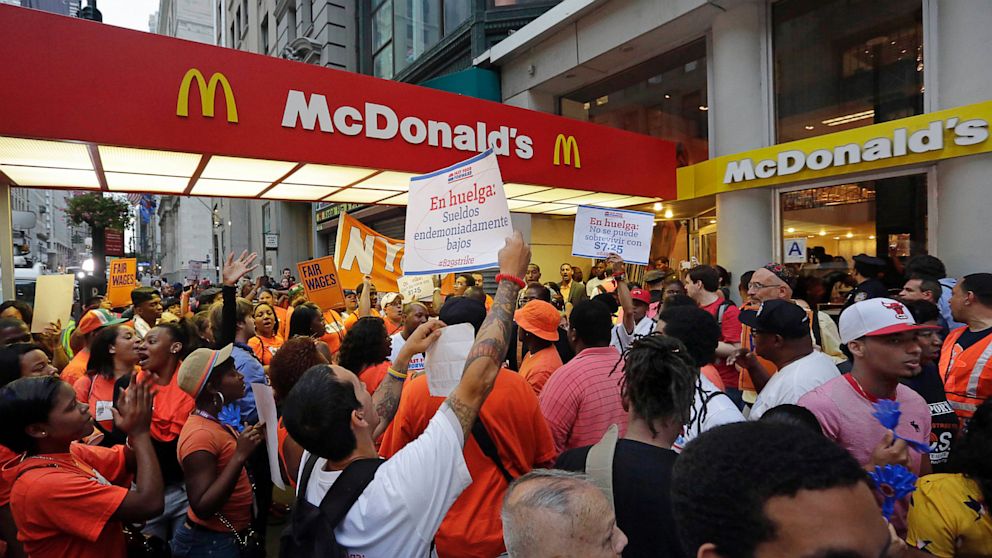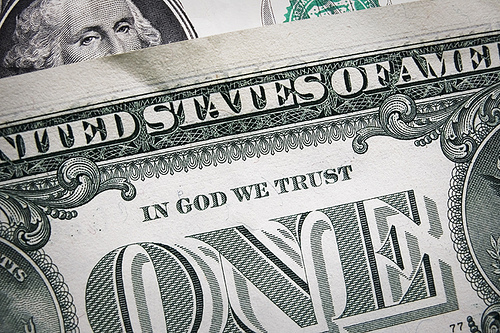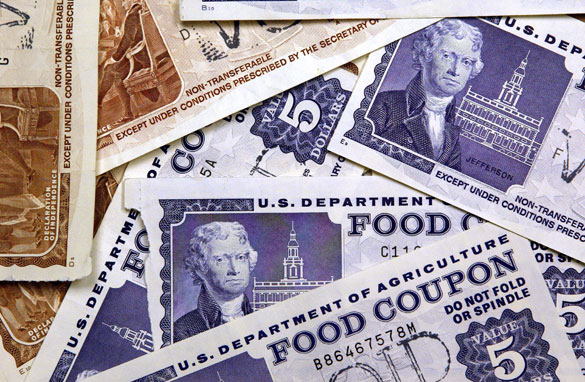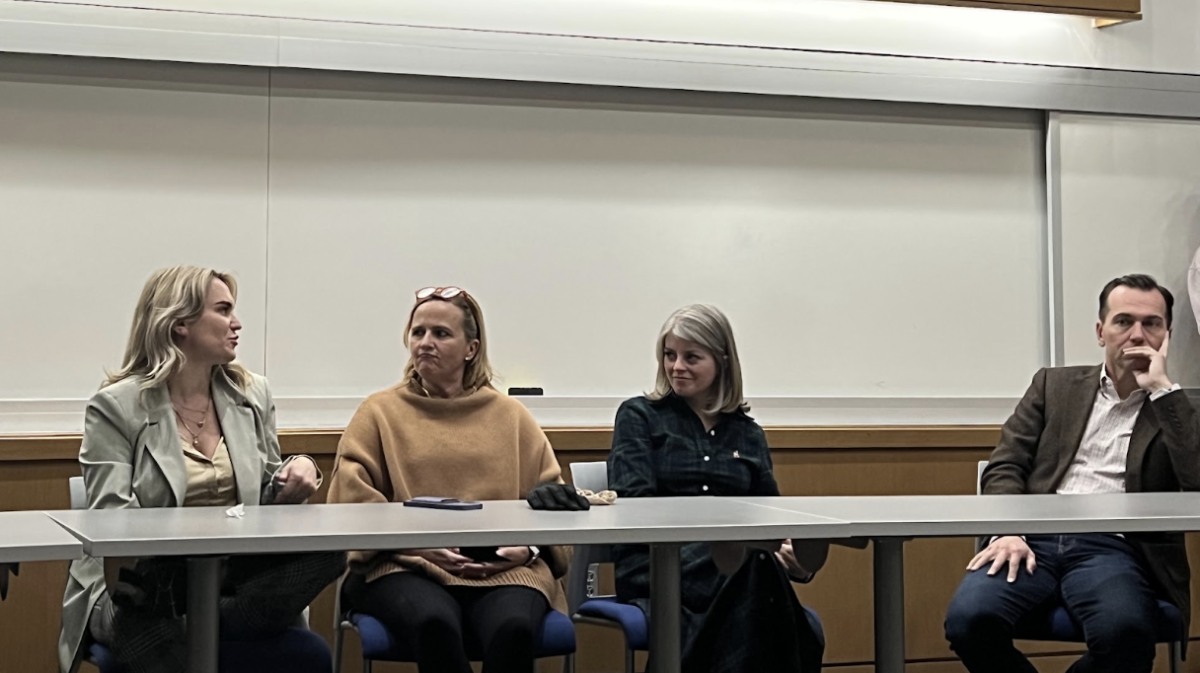News today is two things: Miley Cyrus and the government shutdown. Luckily for you, I’m going to give you a respite from the two. Today is about consumer confidence.
Consumer confidence has been a buzzword since institutions began collecting data in the mid-1960s, and is a hot topic in relation to the shutdown. For instance, consider the lowball figure for the cost of shutting down the government (about $12.5 million dollars an hour). The figure accounts for the lack of services provided by the furloughed employees, but does not touch the instability added to financial markets or the possible effects of the fall in consumer confidence.
As it is, one of the consumer confidence indices fell before the shutdown. September’s Consumer Expectation index was lower than August’s, and October is expected to be lower still. However, in September, the Current Economic Conditions index rose.
In an ideal world, taking the Consumer Confidence Index (CCI) would be valid (the statistical measure is related to the variable it attempts to capture) and reliable (consistent across time). Instead, the CCI is a rough tool, questionable in both its methodology and its results.
Most news sources would have you believe the CCI is calculated on actual trends in spending. In reality, the CCI more closely resembles the unemployment statistics. The Conference Board conducts a monthly survey of about 5,000 households to collect data on the Index of Consumer Sentiment (how the consumer feels currently), Current Economic Conditions (how the consumer views the general economy at that point in time), and the Consumer Expectations (how the consumer views the future of the economy). The results are subjective—consumers feel “good” or “bad” about the current conditions, consider jobs “plentiful” or “hard to get,” and answer similar questions.
Already, the CCI looks dicey. The next step to analyze its efficacy is to determine how well consumer confidence predicts economic activity. Here, the CCI begins to break down. For instance, in April of 2013, consumer confidence was at a high for the year and predicted to climb. At the same time, consumers were not spending at higher rates.
A research paper from the NY Fed in 1998 leaves us on a vague note: “our results suggest that consumer confidence can help predict consumption, and that consumer attitudes may also act as a catalyst for economic fluctuations.” Subsequent research is more conclusive. There is a correlation between the CCI and several economic variables, but due to several confounding factors and the fact that economic data generally runs in a strong time trend, the results of a CCI survey need to be applied carefully for economic predictions.
There is one area where CCI stands out as a predictor: politics. The effect of CCI on presidential approval is strong, and the link between CCI and whether voters believe the country is going in the right/wrong direction is stronger. Politicians, especially those up for reelection in 2014, should be more concerned about the fall in CCI than the rest of us. After all, we are the consumers and voters. How we spend our money and how we vote isn’t determined by the CCI—rather, the CCI is our collective political temperature.
Thus, the Consumer Confidence Index as measured by the Confidence Board is a better political than economic indicator. As news stations toss figures and indices around in the turmoil of the government shutdown, it is important to question the validity and reliability of their statistics.











